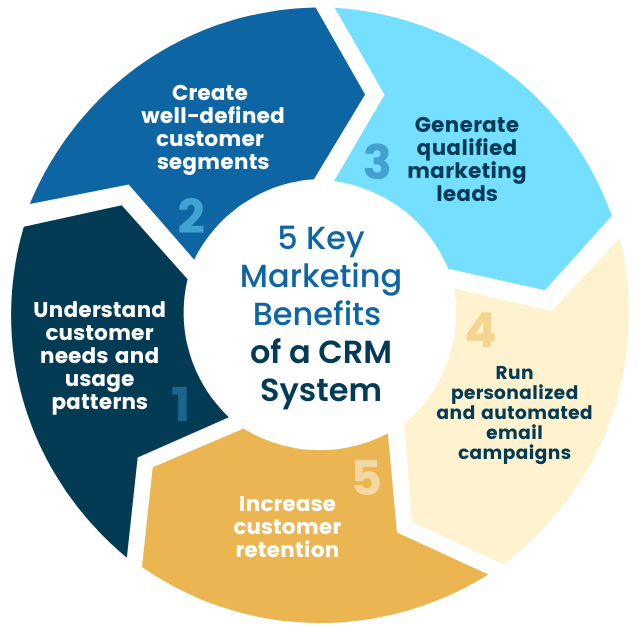
Measuring the ROI of Your CRM Investment
Investing in Customer Relationship Management (CRM) software is a significant decision for any business. CRM systems are designed to streamline operations, enhance customer interactions, and ultimately drive revenue growth. However, determining the return on investment (ROI) for your CRM can be challenging. This article explores how to effectively measure the ROI of your CRM investment.
Understanding CRM ROI
CRM ROI is the financial return a business gains from its CRM system compared to the investment made. This includes not only the purchase price of the software but also the costs of implementation, training, and ongoing maintenance. ROI can be quantified by examining various metrics and their improvements over time.
Key Metrics to Measure CRM ROI
- Increased Sales Revenue
- Sales Growth: Compare sales figures before and after CRM implementation. An effective CRM should streamline your sales process, leading to higher conversion rates and increased sales revenue.
- Lead Conversion Rate: Track the percentage of leads converted into customers. A higher conversion rate indicates that the CRM is effectively managing and nurturing leads.
- Improved Customer Retention
- Customer Retention Rate: Measure the percentage of customers who continue to do business with you over a specific period. A CRM should help maintain and improve relationships, leading to higher retention rates.
- Customer Lifetime Value (CLV): Calculate the total revenue expected from a customer over the duration of their relationship with your business. A good CRM should increase CLV by enhancing customer satisfaction and loyalty.
- Operational Efficiency
- Time Savings: Measure the time saved in sales, marketing, and customer service processes. Automating repetitive tasks with CRM can significantly reduce the time employees spend on administrative tasks.
- Productivity Metrics: Track the number of deals closed, customer interactions, and campaigns managed. Increased productivity is a direct indicator of CRM effectiveness.
- Customer Satisfaction
- Net Promoter Score (NPS): Use NPS surveys to gauge customer satisfaction and loyalty. Higher scores after CRM implementation suggest that your CRM is enhancing customer experiences.
- Customer Feedback: Collect and analyze customer feedback to understand how the CRM impacts customer satisfaction. Positive feedback indicates successful CRM integration.
Calculating CRM ROI
To calculate ROI, use the following formula:
[ \text{ROI} = \left( \frac{\text{Net Profit from CRM}}{\text{Total CRM Investment}} \right) \times 100 ]
Net Profit from CRM is the additional revenue generated due to the CRM minus any costs saved (e.g., reduced labor costs, decreased customer acquisition costs).
Total CRM Investment includes:
- Initial Costs: Purchase price, implementation fees.
- Operational Costs: Training, maintenance, and support.
- Opportunity Costs: Time and resources spent on CRM deployment.
Steps to Measure CRM ROI
- Set Clear Objectives
- Define what you aim to achieve with your CRM (e.g., increased sales, improved customer retention). Clear objectives provide a benchmark for measuring success.
- Collect Baseline Data
- Gather data on key metrics before CRM implementation. This provides a comparison point to measure improvements.
- Monitor and Analyze
- Continuously monitor the identified metrics. Use CRM reporting tools to analyze data and identify trends.
- Adjust and Optimize
- Based on the analysis, adjust your CRM strategies to optimize performance. Regularly update your CRM processes to adapt to changing business needs.
Challenges in Measuring CRM ROI
- Attribution: It can be difficult to attribute revenue growth or cost savings directly to CRM due to various influencing factors.
- Data Quality: Inaccurate or incomplete data can skew ROI calculations. Ensure your CRM data is clean and up-to-date.
- Time Frame: ROI measurement can take time, especially for improvements in customer retention and lifetime value. Be patient and consistent in tracking metrics.
Conclusion
Measuring the ROI of your CRM investment is crucial to understanding its value and optimizing its use. By focusing on key metrics, setting clear objectives, and regularly analyzing performance, businesses can ensure their CRM systems are delivering tangible benefits. While challenges exist, a systematic approach to ROI measurement will help you make informed decisions and maximize the benefits of your CRM investment.